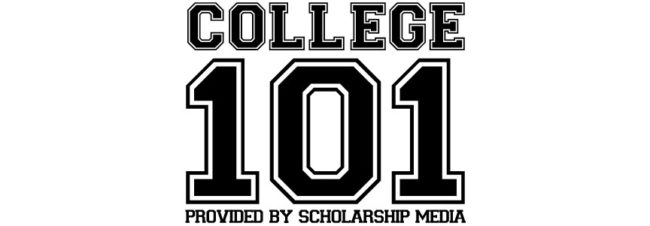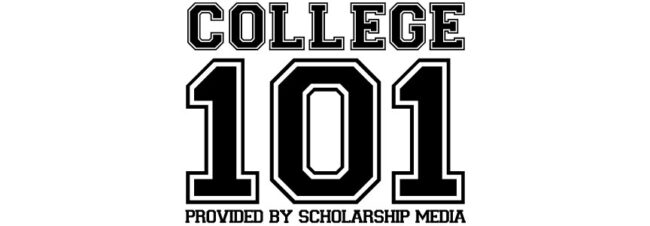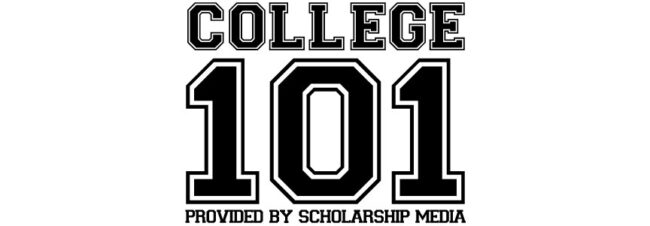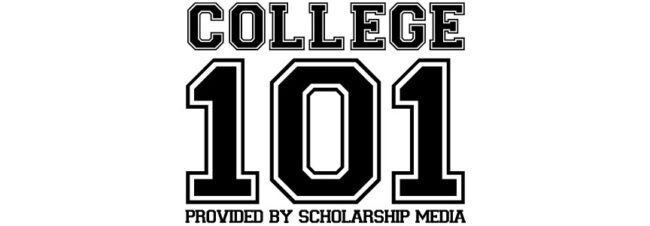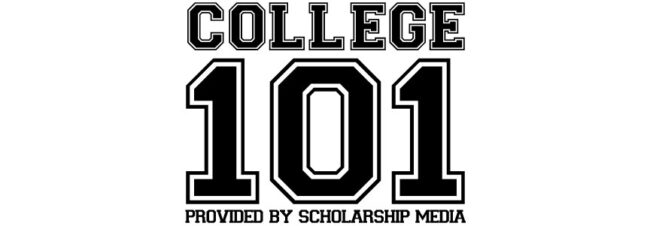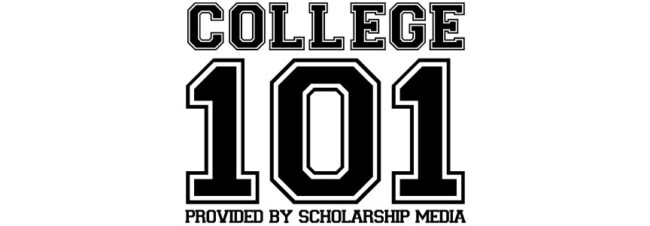I’m a marketing student in my first year at school and I’m working on a group project to create a marketing plan for a fictitious company. In the project, we have to discuss the various marketing channels we plan to use, as well as why we think they’re good ideas. We’ve been given a small budget and need to help boost sales of a product that has just been launched. My group is very divided about whether or not we should use email marketing. Some of us think that social media is far more effective, while others think that email marketing could still provide some value to this company. What should I know about email marketing and what are its benefits?
Broadly speaking, email marketing is one of the best tools in your kit if you’re looking to grow your business and really speak to your audience. While social media and search engine marketing get a lot of attention right now, it’s important to remember that statistics still demonstrate the strong return on investment that email marketing offers.
Remember that all of your advertising methods should work as part of a larger strategy, and that email is a critical part of that plan. Here are a few reasons you should definitely leverage email marketing to complement your other advertising channels.
Email is a low cost option
With plenty of free and affordable choices for creating and sending emails like MailChimp, WordFly, and Constant Contact, sending an email is much less expensive than sending traditional print mail.
And when you really start to break it down, the ROI of email is worth every penny spent. Studies show that for every dollar you spend on an email, you are likely to gain $38 back in revenue. This is an astronomical ROI, totalling 3,700 percent. That means that a well-crafted email campaign may only cost you $1000 and could net you up to almost $40,000.
Especially when you factor in how many email platforms offer simple-to-use, drag-and-drop user interfaces to customize templates or previous campaigns, you may spend less than an hour building an email that ends up earning you a hefty profit. When it comes to the cost of services as well as employee time, it’s hard to make a case against the value that email marketing offers companies of all sizes and industries.
Email lets you speak to an invested audience
One of the reasons why email marketing is so effective is because it is permission-based. Simply put, if someone has signed up for your email list, it’s because they raised their hand to say they’re interested in learning more about your services or getting discounts on your products. To boost this kind of efficacy, it’s a good idea to host an email signup list with more than one category.
For example, if you are a concert venue, you may want to allow audience members to opt in to a list based on a certain genre of music or only receive promo codes. This ensures that you are reaching the most specific audience possible, and it allows you to speak more personally to each customer. Not every customer is created the same, so appealing to different wants and needs through email segmentation is always encouraged.
Email can even help you address cart abandonment issues on your online marketplace. Being able to nudge a customer who left items in their cart when shopping (but never completed their purchase) is a useful way to reactivate what could have been a lost sale. With cart abandonment rates hovering around 70 percent, being able to tap into this market could mean big dividends for your company.
Email can help you reach new customers
In addition to reaching your current audience, email can be a valuable tool for attracting new audiences, too. For example, if your business is new to town and is hoping to get local residents to spread the word, it may be worth having your marketing team buy targeted email lists to reach a specific location or zip code. If you focus on high-end jewelry, you may want to buy an email list based on a certain income level.
This type of precision in the demographics you target can help you build your email audience and branch out into a new vertical. Especially when you consider email’s high ROI, list buys and trades can be far more effective when run on email campaigns instead of direct mail campaigns.
Email is interactive
While websites like Facebook and Instagram may be more “social marketing” than “email marketing,” email marketing is still more interactive. A promoted Instagram post is often an image, carousel, or video, while email offers you all of the features of HTML.
From dynamic text fields that populate with important customer information like past product searches or personal details to the ability to include slideshows, video, and an embedded map all in the same marketing campaign, email is far more feature-rich than anything social media can offer.
Consider the frustrations that many companies face when having to comply with Facebook’s text requirements on advertisements. Particularly when coupled with Facebook’s copy requirements on ads, having text comprise less than 20 percent of your promoted image can be incredibly limiting.
While images are powerful marketing tools, if you’re advertising a music festival or hoping to use your poster graphic for consistency in your campaign, you’ll likely run into trouble trying to fit text onto your image and still appease Facebook’s guidelines. Email has none of these restrictions, meaning that from a design standpoint, the sky is truly the limit.
Email offers you valuable data
Customer data is becoming more and more important in any campaign, and email gives you a robust way to track data. No matter where your email campaign may fall in your marketing funnel, with the power of systems like Google Analytics and UTM codes, you can get a much better picture regarding how your users are engaging with your content.
For example, if you see that you have a higher open rate when you personalize your email subject line, that information can be leveraged to increase the open rate across all of your communications. A/B testing can also be implemented in email campaigns to see if users are more likely to click on a video or an image to learn more, or if button placement, size, or color has an effect on your click-through rate. Some of these ideas may even prove fruitful for other areas of your business, such as your landing page design, website, or some social campaigns.
Offering the power of HTML and dynamic content, email is one of the most personal ways to reach your customers. Particularly at a time when smartphone ownership is at an alltime high and 68 percent of owners check their smartphone when they wake up, reaching a customer where they are can be a huge boon for your company.
Even if you don’t have a very large email list, buying targeted lists can help you get the ball rolling, allowing you to grow your contact list and revenue at the same time. With its high ROI, low cost, and flexibility, email marketing definitely belongs in any business’ marketing plan.



